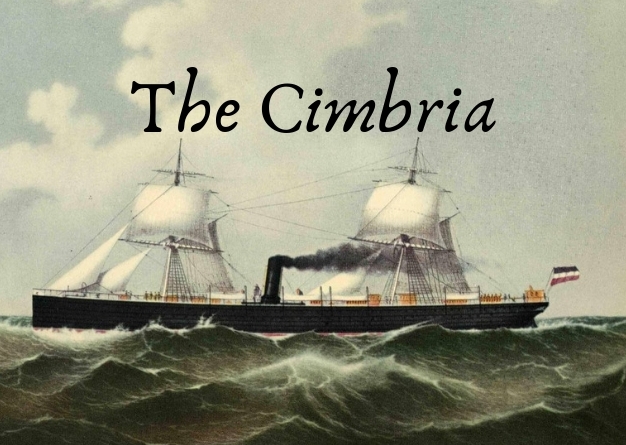
(www.MaritimeCyprus.com) Until the “Titanic” sank in 1912, the tragedy of the Hapag steamship “Cimbria” was regarded as the largest civilian maritime disaster of all time. To this day, the catastrophe remains the biggest civilian maritime drama in German waters. The collision made headlines across the world. The story of the iron screw steamship that sank off the North Sea island of Borkum began 150 years ago. The “Cimbria,” launched on January 21, 1867, set sail from Hamburg on April 13 for its maiden voyage to New York. Sixteen years later, on January 19, 1883, came the tragic accident.
The Sultan, a smaller Hull and Hamburg Line steamer traveling with only a crew, was also moving through the North Sea on January 19. Although there was heavy fog early that morning, neither boat took any precautionary measures, like reducing their speed, and the Sultan smashed straight into the Cimbria on the port side.
Both steamers were badly damaged and the Cimbria‘s lifeboats were launched. Seven were inflated, but in the confusion, they weren’t filled anywhere near capacity. In addition, three lifeboats quickly disappeared in the heavy fog and were never seen again. For those people who did not make it onto a lifeboat, the cold water was deadly. Hypothermia and drowning claimed hundreds of lives within minutes.
A few nearby ships picked up a couple of lifeboats soon after but the bulk of the 65 survivors from the Cimbria were not picked up until two days later. The captain of the Sultan, which had managed to stay afloat, was widely criticized for his failure to provide any assistance to the passengers and crew of the Cimbria. In total, 357 people lost their lives.
In 1974, the wreckage of the “Cimbria” was discovered in 25 meters of water 19 nautical miles northwest of the island of Borkum. The survey ship “Wega” started examining the wreckage that same year. Among the many things to be salvaged was the ship’s bell. It can be found these days in the entrance hall of the Ballin House in Hamburg, where it stands as a memorial to all those who have perished at sea.
What’s more, between 2001 and 2008, divers have brought up numerous pieces of equipment and cargo goods from the wreckage, including porcelain, wine bottles and ivory. Today, the wreckage stretches over an area 115 meters long, though the ship’s structure can no longer be made out. In just a few years, the already heavily decayed wreckage of the “Cimbria” will disintegrate completely and disappear.












